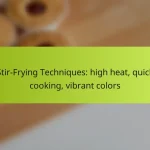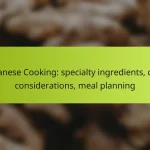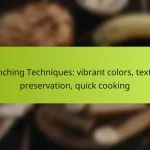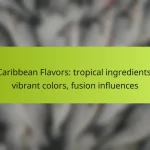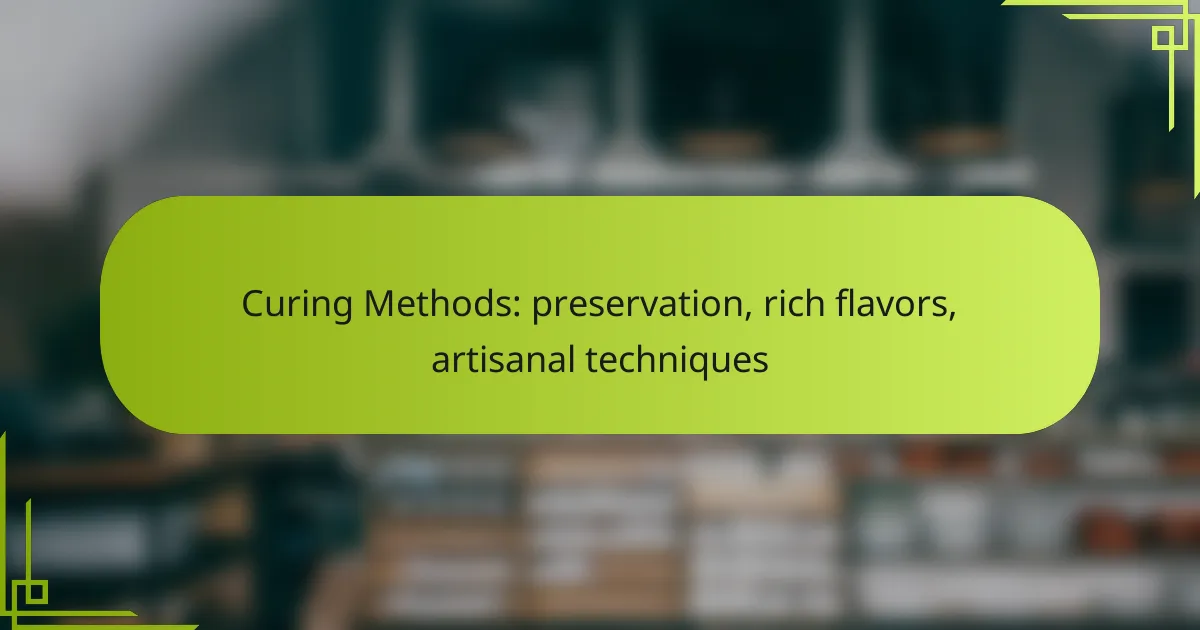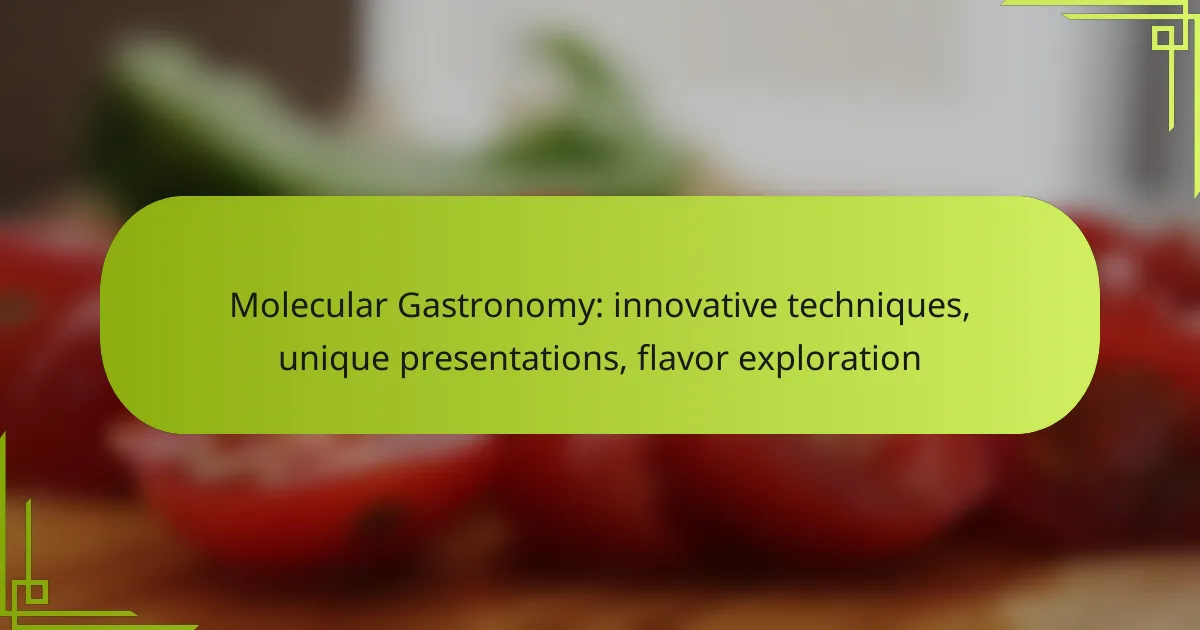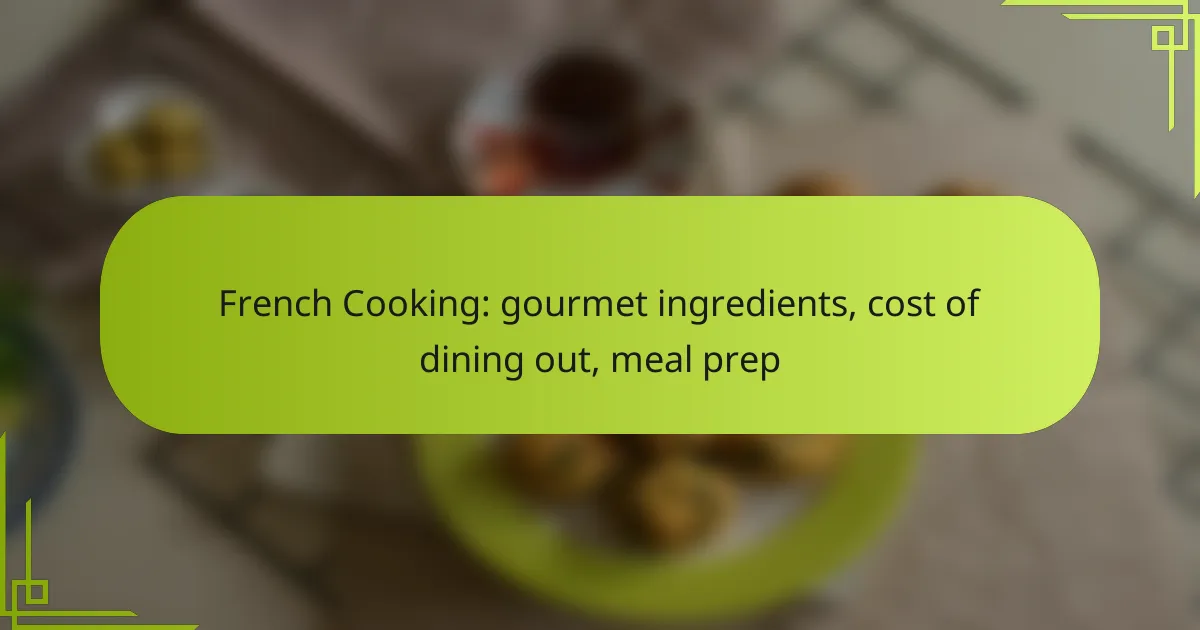Curing methods play a vital role in food preservation, enhancing flavors while extending shelf life. Techniques such as dry curing, wet curing, and smoking not only ensure longevity but also concentrate and transform the natural tastes of ingredients, creating complex flavor profiles. Artisanal approaches to curing emphasize traditional practices that prioritize quality and craftsmanship, resulting in unique textures and rich, enjoyable flavors.
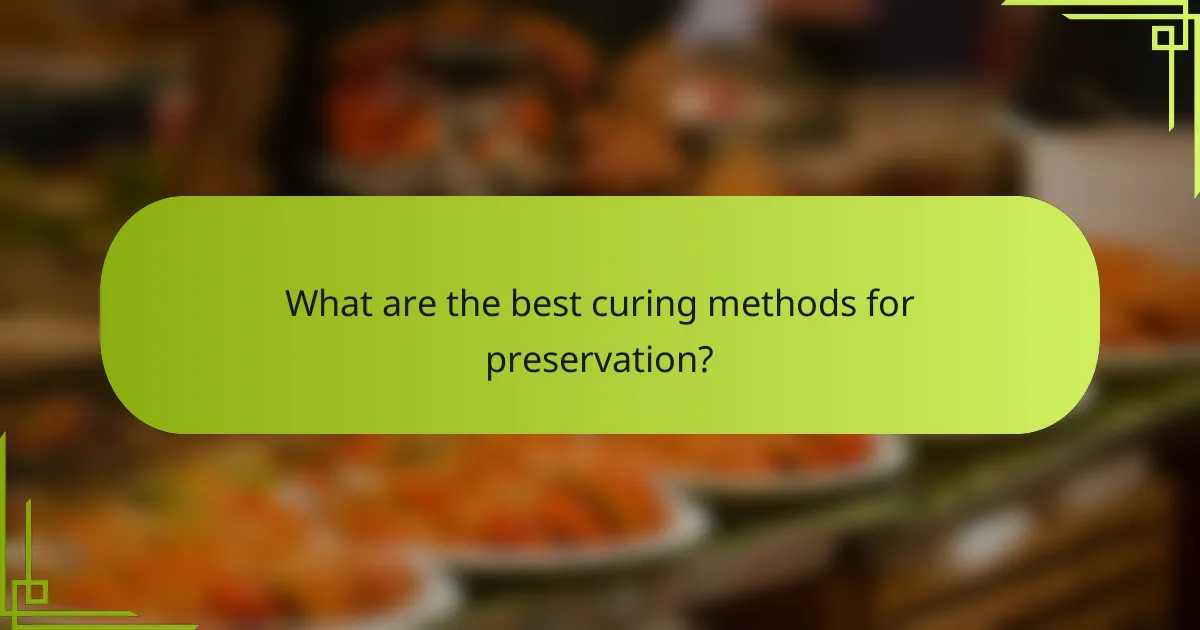
What are the best curing methods for preservation?
The best curing methods for preservation include techniques that enhance flavor while extending the shelf life of foods. Common methods such as dry curing, wet curing, and smoking each offer unique benefits and considerations for achieving rich flavors and effective preservation.
Dry curing
Dry curing involves rubbing salt and other seasonings directly onto the meat or fish, which draws out moisture and inhibits bacterial growth. This method typically requires a longer curing time, often several weeks, depending on the thickness of the product.
Key considerations include maintaining a cool, dry environment to prevent spoilage. Common examples of dry cured products include prosciutto and salami, which develop complex flavors over time.
Wet curing
Wet curing, or brining, involves soaking the food in a saltwater solution, often with added sugars and spices. This method allows for quicker curing times compared to dry curing, typically ranging from a few hours to several days.
Wet curing is effective for meats like ham and turkey, as it helps retain moisture and enhances flavor. Be cautious with salt levels, as excessive salt can lead to overly salty results.
Cold smoking
Cold smoking combines the curing process with smoke exposure at low temperatures, generally below 30°C (86°F). This method adds a distinct smoky flavor while allowing the food to cure slowly over time.
Commonly used for fish, such as salmon, cold smoking can take several days and requires careful temperature control to prevent cooking the food. Ensure proper ventilation and use hardwoods for the best flavor profile.
Hot smoking
Hot smoking cooks the food while infusing it with smoke flavor, usually at temperatures between 60°C and 80°C (140°F to 176°F). This method not only preserves but also imparts a rich, smoky taste.
Hot smoked products, like smoked chicken or ribs, can be ready in a few hours. It’s essential to monitor the internal temperature to ensure food safety while achieving the desired flavor.
Brining
Brining is a specific wet curing technique that involves soaking food in a saltwater solution, often with additional flavorings. This method enhances moisture retention and flavor, making it popular for meats like chicken and pork.
Brining times can vary from a few hours to overnight, depending on the size of the cut. A common ratio is about 1 cup of salt per gallon of water, but adjustments can be made based on personal taste preferences.

How do curing methods enhance flavors?
Curing methods enhance flavors by concentrating and transforming the natural tastes of food through preservation techniques. These processes can intensify savory notes, create complex profiles, and extend shelf life, making cured products more enjoyable and versatile.
Salt’s role in flavor enhancement
Salt is a fundamental component in curing, as it draws out moisture and inhibits spoilage while enhancing the natural flavors of the food. By using salt, the texture of meats and fish changes, making them firmer and more palatable.
The amount of salt used can vary, but a general guideline is to use about 2-3% of the food’s weight in salt for effective curing. This balance is crucial; too little salt may not preserve adequately, while too much can overpower the food’s inherent flavors.
Impact of spices and herbs
Spices and herbs play a significant role in flavor enhancement during the curing process. They add aromatic qualities and depth, which can elevate the overall taste experience. Common spices include black pepper, garlic, and juniper berries, each contributing unique characteristics.
When incorporating spices, consider using them in moderation to avoid overwhelming the primary flavors. A good starting point is to use about 1-2 teaspoons of spices per kilogram of meat, adjusting based on personal preference and the specific recipe.
Fermentation effects
Fermentation is a transformative curing method that not only preserves food but also develops complex flavors through microbial activity. This process can introduce tangy, umami, and savory notes, enriching the taste profile of cured products like salami and pickles.
To achieve successful fermentation, maintain a consistent temperature and humidity level, typically around 20-25°C (68-77°F) with moderate humidity. Monitoring these conditions is essential to prevent spoilage and ensure the desired flavor development.

What artisanal techniques are used in curing?
Artisanal techniques in curing focus on traditional methods that enhance flavor and preserve food. These methods often involve time-honored practices that prioritize quality ingredients and craftsmanship, resulting in rich flavors and unique textures.
Traditional methods in charcuterie
Traditional charcuterie methods include salting, smoking, and air-drying meats. These techniques not only preserve the meat but also develop complex flavors over time. For example, prosciutto is made by salting and air-drying ham for several months, allowing the natural enzymes to enhance its taste.
When practicing charcuterie, it’s crucial to maintain proper hygiene and temperature control to prevent spoilage. Using high-quality, fresh meats and following established curing times can lead to superior results.
Craftsmanship in cheese curing
Cheese curing involves aging cheese under specific conditions to develop its flavor and texture. Techniques such as washing the rind, wrapping in herbs, or aging in caves contribute to the final product’s character. For instance, a well-aged cheddar can develop sharpness and depth that younger cheeses lack.
To achieve optimal results in cheese curing, monitor humidity and temperature levels closely. Regularly tasting the cheese during the aging process can help determine the perfect aging time for desired flavor profiles.
Regional variations in curing
Regional variations in curing reflect local ingredients, climate, and culinary traditions. For example, Italian curing often emphasizes herbs and spices, while Spanish methods may incorporate paprika and garlic. Each region’s unique approach results in distinct flavors and textures.
Understanding these regional differences can enhance your appreciation of cured products. When exploring cured meats or cheeses, consider pairing them with local wines or breads to complement their specific flavor profiles.

What are the health considerations of cured foods?
Cured foods can pose health risks due to the presence of certain chemicals and preservatives used in the curing process. Understanding these considerations is vital for making informed dietary choices, especially for those with specific health concerns.
Nitrite and nitrate concerns
Nitrites and nitrates are commonly used in curing meats to enhance flavor and preserve color. While they can prevent bacterial growth, excessive consumption may lead to health issues, including an increased risk of certain cancers. It’s advisable to limit intake of processed cured meats and opt for products labeled as “nitrate-free” when possible.
Natural sources of nitrates, such as vegetables, are generally considered safe and even beneficial. The body converts these compounds differently compared to synthetic additives found in processed meats, which is an important distinction for health-conscious consumers.
Preservatives in commercial curing
Commercially cured foods often contain various preservatives to extend shelf life and maintain quality. Common preservatives include sodium benzoate and potassium sorbate, which can cause adverse reactions in sensitive individuals. Checking ingredient labels can help consumers avoid unwanted additives.
Choosing artisanal or homemade cured products can reduce exposure to these preservatives. These options typically use traditional methods and fewer synthetic ingredients, allowing for a more natural flavor profile and potentially lower health risks.

How to select the right curing method for home use?
Selecting the right curing method for home use involves understanding your goals, available resources, and the specific flavors you want to achieve. Common methods include dry curing, wet curing, and smoking, each offering distinct characteristics and requirements.
Factors to consider
When choosing a curing method, consider the type of meat or fish you plan to cure, as different proteins respond better to specific techniques. Additionally, think about the flavor profiles you desire; for instance, dry curing often results in a concentrated flavor, while wet curing can impart moisture and sweetness.
Safety is another critical factor. Ensure you understand the necessary food safety practices, such as maintaining proper temperatures and using the right curing agents, to prevent spoilage and foodborne illnesses.
Equipment needed
The equipment required will vary based on the curing method you choose. For dry curing, you typically need a dedicated refrigerator or curing chamber to maintain consistent temperatures and humidity levels. Basic tools include a scale for measuring salt and spices, and a thermometer to monitor conditions.
If you opt for wet curing, you’ll need containers that can hold the brine and the meat securely, along with a suitable weight to keep the meat submerged. For smoking, a smoker or grill with a smoking box is essential, along with wood chips for flavor.
Time commitment
The time commitment for curing can range significantly depending on the method and the type of meat. Dry curing may take several weeks to months, while wet curing can be completed in a matter of days. Smoking typically requires a few hours, depending on the thickness of the meat.
Plan accordingly, as some methods require more attention and monitoring than others. For example, dry curing requires patience and regular checks, while wet curing is more hands-off once the brine is prepared.

What are the costs associated with curing methods?
The costs associated with curing methods can vary significantly based on the ingredients used, equipment needed, and the scale of production. Understanding these costs is essential for anyone looking to preserve food effectively while achieving rich flavors through artisanal techniques.
Ingredient costs
Ingredient costs for curing can range from modest to substantial, depending on the type of meat or produce and the curing agents used. For example, high-quality salts, sugars, and spices can add to the overall expense, especially if opting for organic or specialty products.
When budgeting for ingredients, consider purchasing in bulk to reduce costs. Additionally, local sourcing can help minimize expenses while ensuring freshness. For instance, using locally sourced herbs or spices may be more economical than imported options.
Equipment investment
The equipment needed for curing can also impact overall costs. Basic curing can be done with minimal tools, such as containers and scales, but more advanced methods may require specialized equipment like vacuum sealers or temperature-controlled environments.
Investing in quality equipment can lead to better results and efficiency. For example, a good-quality curing chamber can range from a few hundred to several thousand dollars, depending on features. Weigh the initial investment against the potential for improved flavor and preservation quality when deciding on equipment purchases.
